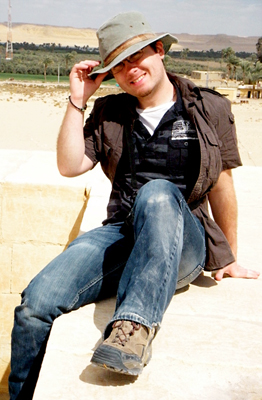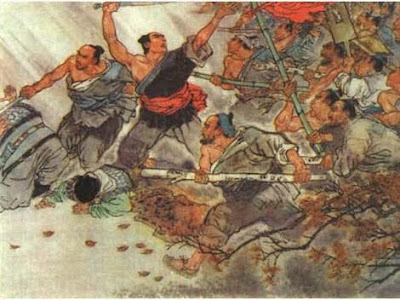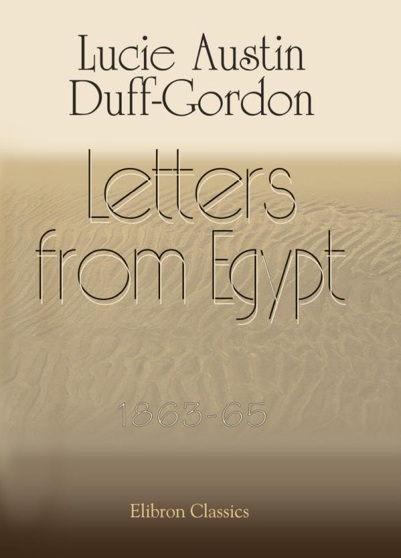Live Interpretation Manager of Historic Royal Palaces and King Arthur Expert Christopher Gidlow is the Live Interpretation Manager of Historic Royal Palaces. He specialises in bringing history to life at the Tower of London, Hampton Court Palace, Kensington Palace and the Banqueting House Whitehall. He is also responsible for interpretation on the project to open the Georgian Kitchens of Kew Palace to the public. He is also a director of the International Museum Theatre Alliance (Europe). A life-long enthusiast for the Arthurian legends, Christopher describes being told by his primary teacher that they might have a basis in fact as…
-
-
The New Acropolis Museum is arguably the most high-profile building to go up this decade (since we in New York are still peering into a big hole in the ground that is supposed to produce a new World Trade Centre). Essentially a smack in the face of the British Museum’s argument that Athens has no suitable venue in which to house the Elgin Marbles, it’s also the most controversial. I spoke to Bernard Tschumi, the outspoken architect who designed this extraordinary building. Replacing the smaller old Acropolis Museum, the purpose-built new museum ensures that architectural treasures too delicate to be…
-
Attribution: Photo by Maggie Bryson Garry Shaw Egyptologist and writer 7 April 1981 Dr. Shaw studied archaeology at the University of Liverpool from 1999 – 2002, and then stayed on in Liverpool to study for an MA (2002 – 2003) and PhD (2004 – 2008) in Egyptology, only taking a year off to go explore China. His main area of research has been elite life and architecture in Egypt’s New Kingdom, with the extent of the pharaoh’s personal authority in day-to-day political affairs being the subject of his first book, published in 2008. Subsequently he has written academic articles on…
-
What lies behind the legends of King Arthur? Fragments of history, or just wishful thinking? While historians study the ancient manuscripts, modern archaeologists join in the hunt for clues. From Arthur’s ‘birthplace’ at Tintagel to the fabled ‘Isle of Avalon’, we sift through the evidence. Journeying across Arthur’s Britain, we search for Camelot and the sites of his battles. Do the remains confirm or contradict the traditional accounts? Far from providing objective proof, Christopher Gidlow shows how archaeologists’ interpretation of their discoveries reflects the academic fashions of their times. Sites which in the 1960s were used to prove King Arthur’s…
-
In 1972, the intact tomb of a noble lady of the Han dynasty was discovered at Mawangdui in the eastern outskirts of Changsha, China. Although eclipsed by the discovery of the life-sized terracotta warriors of Qin Shi Huang-di two years later, the Mawangdui tomb is still considered one of the most important archaeological discoveries of the 20th century and provided important insight into the lifestyle of the rich and famous of early Western Han society. The tomb was filled with food offerings and household items that Xin Zhui, the wife of the Chancellor or “Marquis” of the state of Changsha,…
-
People of the Earth An Introduction to World Prehistory by Brian Fagan The 13th edition of this internationally renowned text provides the only truly global account of human prehistory from the earliest times. Written in an accessible way, People of the Earth shows how today’s diverse humanity developed biologically and culturally over millions of years against a background of constant climatic change. Brian Fagan is one of the leading archaeological writers in the world and an internationally recognised authority on world prehistory. He studied archaeology and anthropology at Pembroke College, Cambridge University, and then spent seven years in sub-Saharan Africa working in…
-
Stonehenge leaps out from its West Country surroundings like Liberace in a dole queue, so it’s no surprise that Britain’s grandest prehistoric monument has been the focus of a myriad projects since the dawn of archaeology. So what is Stonehenge’s archaeological history? And what light has centuries of excavation shed on the enigmatic treasure? Aubrey Discovers (Some of) The Aubrey Holes Stonehenge’s recorded archaeological history begins at the turn of the 17th century, with a small dig carried out by the pre-eminent physician William Harvey. Yet as much as Harvey was a pioneer of medicine, he was hardly a dab…
-
Qin Shi Huang was apprehensive about the prospect of death so, according to Shiji, he tried hard to find an elixir that would make him immortal. Hedging his bets, he simultaneously commissioned the building of his mausoleum. The tomb complex was designed as a miniature of the capital city, Xianyang, of the Qin Dynasty, and the terracotta army signified a garrison force to protect this underground empire. The underground palace symbolized the Xianyang Palace in which the First Emperor lived, and the inner city and outer city of the tomb complex were also imitation of the capital. The terracotta army,…
-
Letters from Egypt, 1863-1865 by Lucie Duff Gordon In 1862 Lucie Duff Gordon, the cousin of Harriet Martineau and a friend of Caroline Norton, Meredith and Thackeray, headed to Egypt on a solo trip designed to rid herself of consumption. She spent the next seven years in a ruined house above a temple in Luxor. She integrated quickly, setting up a hospital and welcoming the people of Luxor into her house. Her story is told through her letters. This Elibron Classics book is a facsimile reprint of a 1865 edition by Macmillan. Adamant Media Corporation (6 Dec 2001) 386 pages
-
The question of how the Great Pyramid of Giza was built is one of the most hotly-debated topics in ancient history. Maverick French architect and self-styled “Mr Pyramid” Jean-Pierre Houdin is determined that he has the answer – the the 4,569 year-old monument was, he argues, erected from the inside-out, using an internal ramp built into the fabric of the structure. Others are skeptical of his theory, but Houdin is certain he has the proof. Here he gives some exclusive insights into his life and work (a decade-long obsession), launches a broadside at the Egyptology fraternity that he feels still…






